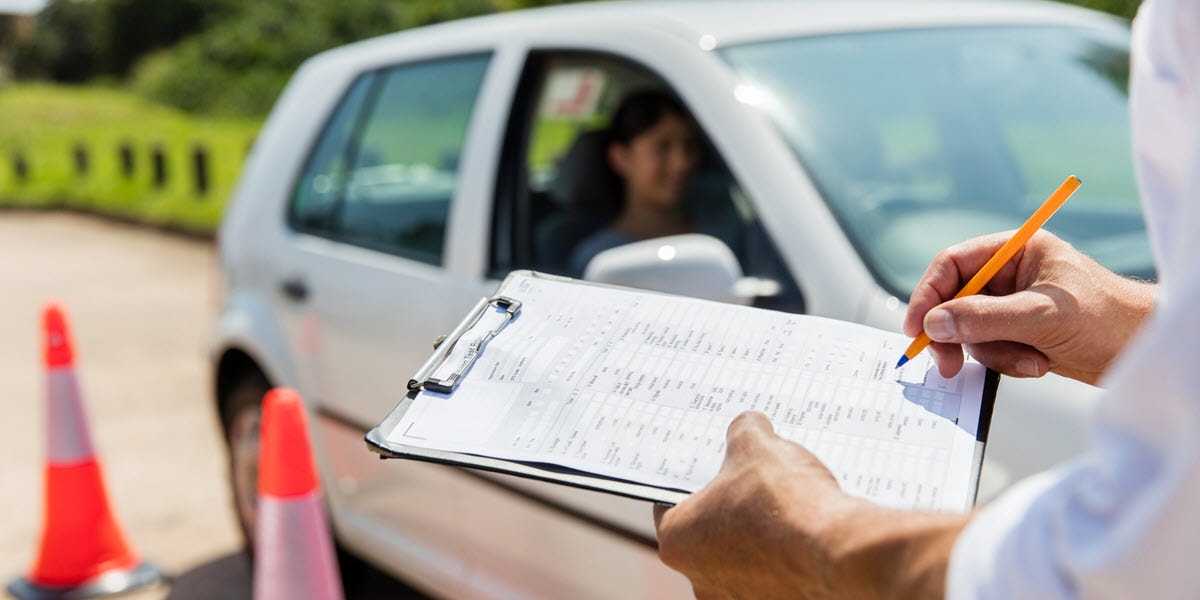Many drivers-to-be do not know that there are many different types of vehicles on the road that require a certain type of license to drive, not just the regular passenger vehicles that most of us drive. In fact, the types of driver’s licenses are organized by different classes. The driver’s license requirements and types vary slightly by state in the US and these are governed by state agencies. The cost of getting a driver license varies depending on each state and the class of license.
Read on to learn more about the different types of driver licenses and the cost to get one in 2020. For more handy and important automotive information, refer to our library of industry knowledge.
Contents
Who Issues Driver’s License?

Requirements for obtaining a license to drive vary by state. The Department of Motor Vehicles or similar state agency determines restrictions and endorsements for different classes of vehicles and cargos.
To get a detailed list of different fees, such as original license issuance, renewal, and retesting, you must visit the official website of the Department of Motor Vehicles (DMV) of your state. For instance, the fee for the issuance of an original driver license of a Commercial Class between states might have as much as a $40 difference.
READ MORE
Classes of Driver’s License
Learner Permit
A driver’s permit, also known as learner’s permit, learner’s license, or provisional license, is a restricted license that first-time drivers are required to obtain before they are allowed to get a full driver’s license. The driver’s permit allows you to drive with certain restrictions before you have passed your driving test.
The age at which you are required to apply for a driver’s permit varies by state. The minimum age for a learner’s permit is typically between 14 and 18. The difference between a Learner Permit and full driver’s license is that you cannot drive a car on your own but at all times must have a fully licensed adult driver in the car with you.
Getting a Learner Permit is the first step to becoming a licensed driver. Below are different classes of full driver’s licenses.
Passenger Vehicles (Class D)
Although it may seem odd not to start with Class A, a Class D license is the most common type of full driver’s license. This is what most people on the road have. People with a valid Class D license are able to legally drive passenger cars.
States generally issue this type of license to people at least 18 years old and 17-year-olds who have completed a driver’s education course. Someone with such a license is also allowed to drive trailers and other towing vehicles with a maximum weight of 10,000 pounds.
Sometimes the driver is allowed to tow a vehicle with a gross vehicle weight rating (GVWR) of more than 10,000 pounds, when the combined weight of the two vehicles does not surpass 26,000 pounds.

READ MORE
- Amazing Driving Tips In Heavy Traffic For All Drivers
- Night Driving Tips For Ensuring Safety In The Dark
Junior License (Class DJ)
Similar to a Class D license is the Class DJ license meant for drivers younger than 18 and are issued by the DMV with restrictions. You can get full information about them in the learner permits and junior section of your state’s licensing agency.
A teen driver’s license generally allows the holder to operate passenger cars and trucks with a GVWR of no more than 10,000 pounds. A Class DJ license holder can also drive towing vehicles with a maximum GVWR of 3,000 pounds or less.
In addition to tighter weight restrictions, there are also other safety restrictions regarding the use of handheld devices, and even driving curfews during certain times of the day.
Motorcycles (Class MJ)
Motorcycles are a very different type of vehicle to handle compared to a car. Most states require a separate motorcycle license.
Commercial Driver’s License (Class A, B, and C)
Because of the differences between these large commercial vehicles and standard passenger cars, a special commercial driver’s license is required to operate vehicles that have a gross vehicle weight rating of over 26,000 pounds.
A commercial driver’s license falls into a few classes that vary depending on weight and vehicle specs. Class A are for the types of truck often referred to as big rigs, semi-trucks, 18-wheelers, and tractor-trailers. Class B commercial driver’s license is for a passenger bus, box truck, construction vehicles, and other similar vehicles. Finally, Class C is generally required for driving a vehicle with 15 or more passengers or transporting hazardous waste.
Taxi (Class E)
Drivers must be over 18 to drive these for-hire vehicles, and there is typically a passenger limit for drivers with a Class E license.
2020 Driver’s License Costs

You must visit the official website of the Department of Motor Vehicles (DMV) of your state to check the exact fees for obtaining a driver license of a certain class, since there might be considerable difference among states. For instance, the fee for the issuance of an original driver license of a Commercial Class between states might have as much as a $40 difference.
Below is an average cost range for the major fees so that you know what to expect.
Issuance of Original Driver’s License
- Learner permit: $18-$25
- Noncommercial Classes: $35-$45
- Commercial Classes: $82-$145
Testing
- Initial Knowledge Test and Skills Test: $25-$50
- Each Retest: $10-$25
Renewal of License: $20-$45
Issuance of Duplicate License: $18-$25


